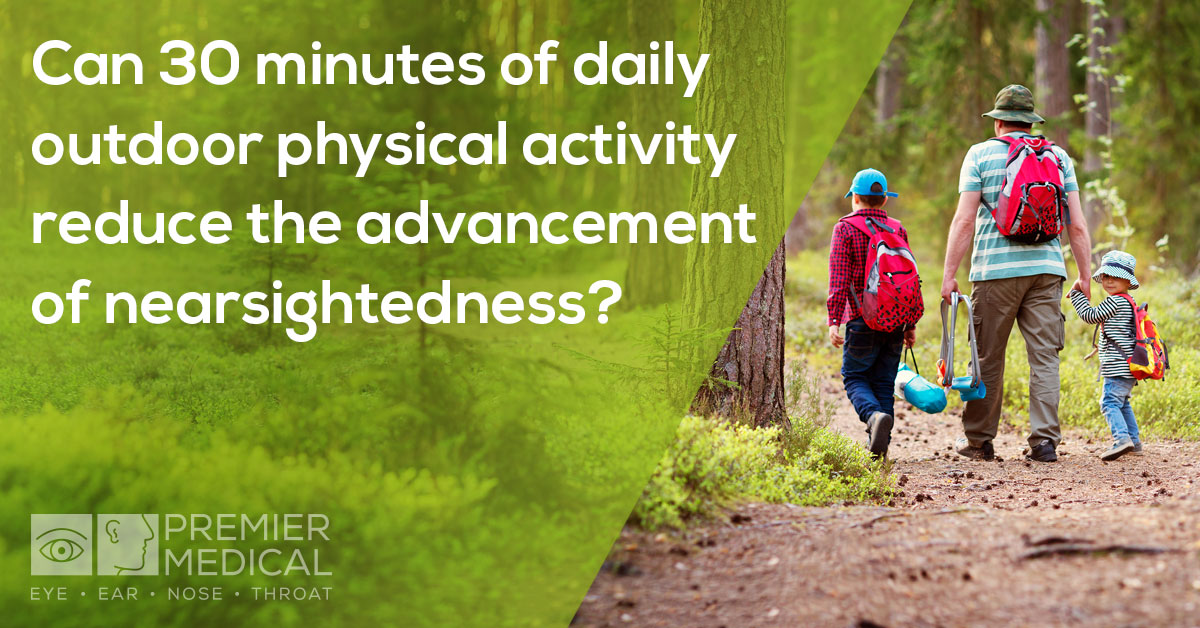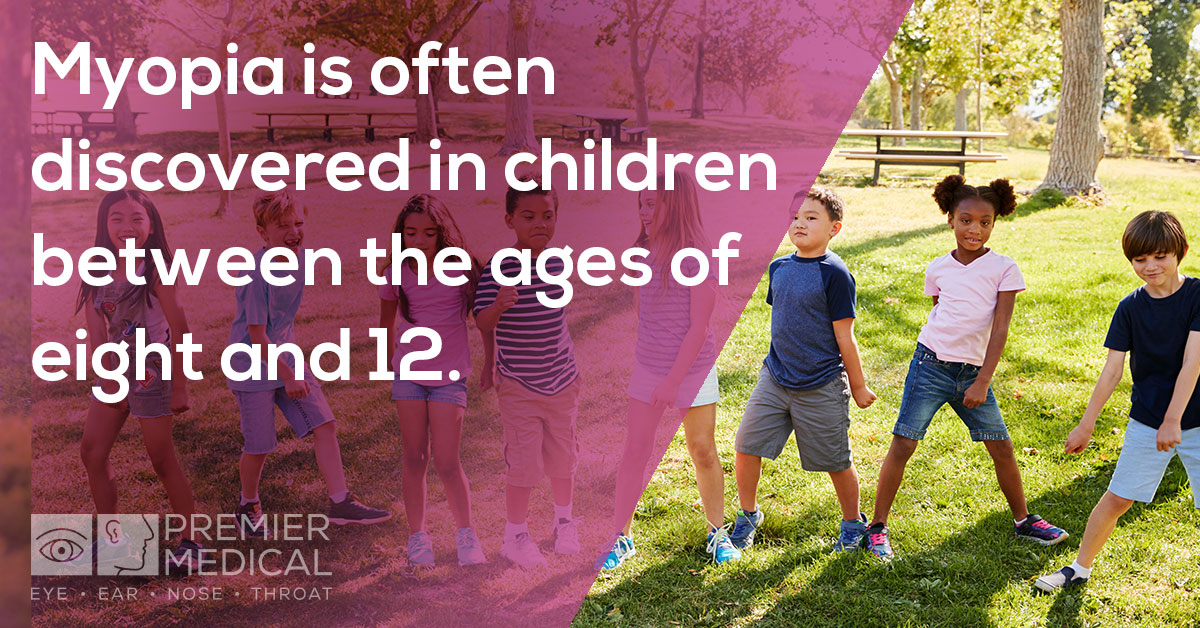Vision and the Great Outdoors


It has long been known that daily physical activity is good for children, but now there’s a significant reason to make sure they get outside for that activity: healthier vision.
A recent study conducted by researches in Beijing, China, found that 30 minutes of daily outdoor physical activity reduces the advancement of nearsightedness.
Nearsightedness, which is known as myopia, is the inability to see things clearly unless they are close to your eyes. It’s a common issue among children and young adults, and it happens when the eye is too long from front to back, which causes light to come into focus in the front of the retina instead of directly on it. The light not focusing correctly results in unclear images. A cornea that is too curved or a lens that is too thick can also cause myopia. If severe, myopia can lead to glaucoma or a detached retina—both of which can cause vision loss.
Myopia is believed to affect approximately 25 percent of Americans, and it’s often discovered in children between the ages of eight and 12. In East Asia, and China in particular, myopia is a serious issue. A 2016 study from the Brien Holden Vision Institute claims that half of the world’s population will have myopia by 2050.

In the particular study conducted in China, researchers studied 382 children between the ages of six and seven at two separate Beijing-area schools for one year. The students were divided between two groups, the study group and the control group. Students in the study group jogged for 30 minutes outside every day, while the students in the control group did not. At the end of the year, the study revealed that students in the study group (that were without myopia at the baseline) had a lower rate of myopia compared with students in the control group. In addition, students with myopia at the baseline had a slower progression of myopia as compared to students in the control group. Annual follow-up exams were also performed as part of the study, and the four-year exam revealed that the occurrence of myopia was comparable among students in both study groups.
“In South Alabama, we have so many wonderful—and warm—outdoor opportunities: the beach, fishing, hunting, cycling, and open fields for all kinds of enjoyment,” says Premier Medical’s Dr. Stuart Ball. “So whether your kids prefer hanging out on the white sand beach, riding their bike, or playing ball, there’s no better reason for getting your kids outside than protecting their vision.”

